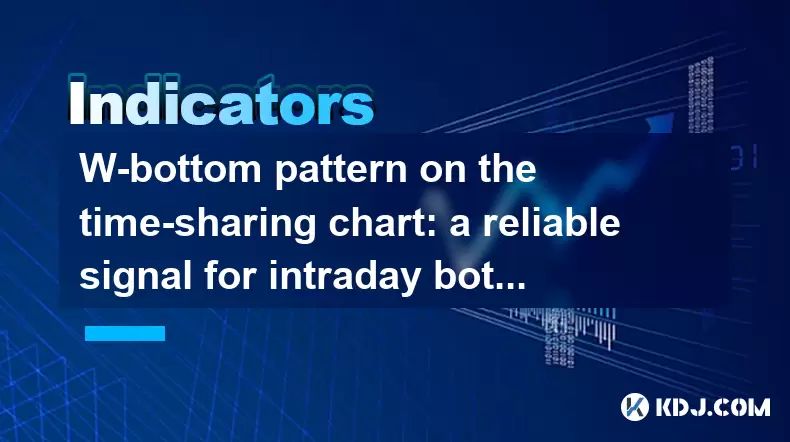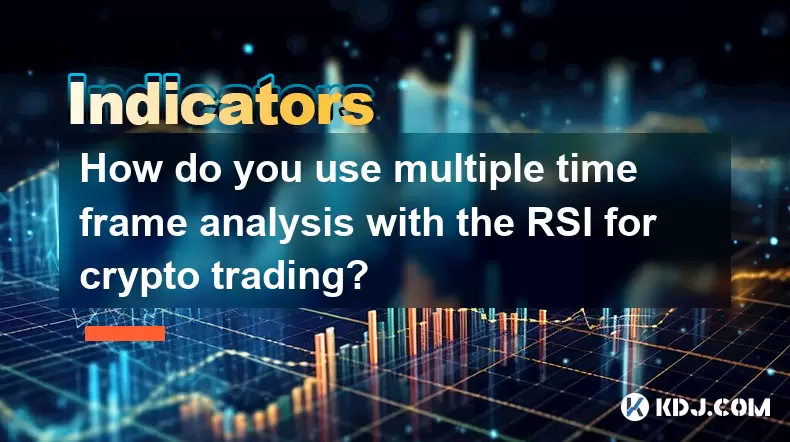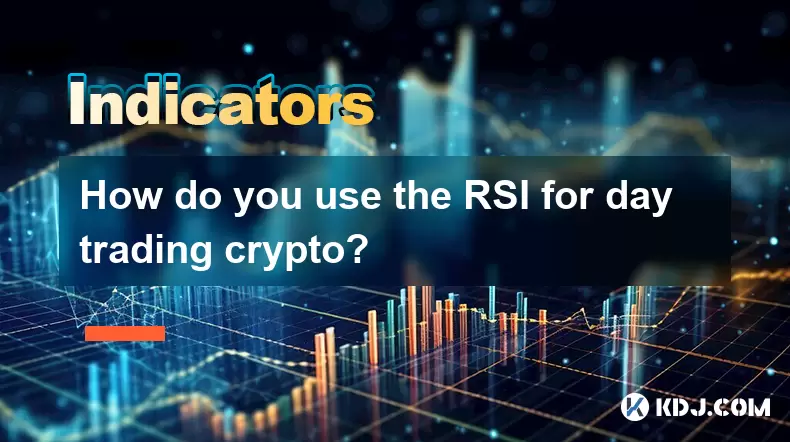-
 Bitcoin
Bitcoin $118400
0.47% -
 Ethereum
Ethereum $3836
2.20% -
 XRP
XRP $3.157
2.98% -
 Tether USDt
Tether USDt $0.9999
-0.03% -
 BNB
BNB $801.5
1.31% -
 Solana
Solana $180.9
2.07% -
 USDC
USDC $0.9999
-0.02% -
 Dogecoin
Dogecoin $0.2225
2.50% -
 TRON
TRON $0.3285
-1.02% -
 Cardano
Cardano $0.7789
2.60% -
 Hyperliquid
Hyperliquid $43.60
2.39% -
 Sui
Sui $3.892
4.41% -
 Stellar
Stellar $0.4229
3.34% -
 Chainlink
Chainlink $18.01
3.98% -
 Hedera
Hedera $0.2745
6.77% -
 Bitcoin Cash
Bitcoin Cash $582.3
3.38% -
 Avalanche
Avalanche $23.77
1.04% -
 Ethena USDe
Ethena USDe $1.001
0.01% -
 Toncoin
Toncoin $3.493
3.59% -
 Litecoin
Litecoin $110.0
2.48% -
 UNUS SED LEO
UNUS SED LEO $8.936
-0.37% -
 Shiba Inu
Shiba Inu $0.00001304
2.49% -
 Uniswap
Uniswap $9.999
1.09% -
 Polkadot
Polkadot $3.897
3.26% -
 Monero
Monero $308.6
-0.83% -
 Dai
Dai $0.9999
-0.01% -
 Bitget Token
Bitget Token $4.504
-0.04% -
 Pepe
Pepe $0.00001154
2.95% -
 Cronos
Cronos $0.1471
3.06% -
 Ethena
Ethena $0.6691
19.53%
W-bottom pattern on the time-sharing chart: a reliable signal for intraday bottom fishing?
The W-bottom pattern in crypto trading signals a potential downtrend reversal, forming a "W" shape with two lows and a higher middle peak, often confirmed by volume and indicators like RSI or MACD.
Jun 22, 2025 at 08:01 am

What Is a W-Bottom Pattern in Cryptocurrency Trading?
The W-bottom pattern is a technical analysis formation that appears on time-sharing charts and is often interpreted as a reversal signal indicating the end of a downtrend. In the context of cryptocurrency trading, this pattern emerges when the price of an asset drops to a certain level, rebounds, retraces back to nearly the same low, and then rises again with stronger momentum. The resulting shape resembles the letter "W" and suggests that selling pressure has diminished while buying interest is increasing.
This pattern is particularly relevant for intraday traders who rely on short-term price movements. When identified correctly, the W-bottom pattern can serve as a potential entry point for long positions, especially if confirmed by volume spikes or other indicators like RSI or MACD. It's crucial to distinguish this from a mere double bottom, which may not carry the same weight unless the second rebound shows strong upward movement.
How to Identify a Valid W-Bottom Pattern on Time-Sharing Charts
Identifying a valid W-bottom pattern requires careful observation of several key elements:
- Two Distinct Lows: The first and second lows should be roughly equal in price but not necessarily exact. A slight variation is acceptable.
- Higher Middle Peak: The rebound between the two lows must form a clear peak, creating the middle of the "W".
- Volume Confirmation: An increase in trading volume during the second rise adds credibility to the pattern.
- Breakout Above Resistance: The price must break above the resistance level formed by the previous high between the two lows.
Traders should avoid jumping into positions before the pattern fully forms. Premature entries based on incomplete patterns can lead to false signals. Waiting for a candlestick close above the resistance line provides more reliable confirmation.
Using the W-Bottom Pattern for Intraday Bottom Fishing
Intraday traders often use the W-bottom pattern as a signal for bottom fishing — attempting to buy at or near the lowest point of a downtrend. To apply this effectively:
- Monitor lower timeframes such as 5-minute or 15-minute charts for early signs of the pattern forming.
- Use trendlines to connect the swing lows and the intermediate peak.
- Wait for the second bounce to surpass the peak of the W, signaling strength.
- Place stop-loss orders slightly below the second low to manage risk.
Bottom fishing is inherently risky because it involves going against the prevailing trend. However, the W-bottom pattern, when combined with volume and momentum indicators, can provide a higher probability setup than pure speculation.
Combining Indicators with the W-Bottom Pattern for Better Accuracy
While the W-bottom pattern can stand alone as a visual cue, combining it with technical indicators increases its reliability:
- Relative Strength Index (RSI): Look for divergence where the price makes a lower low but RSI makes a higher low, suggesting weakening bearish momentum.
- Moving Averages: A crossover of short-term moving averages (e.g., 9-period EMA crossing above 21-period EMA) during the second leg of the W can confirm bullish intent.
- MACD: A bullish MACD crossover during the second ascent reinforces the likelihood of a trend reversal.
These additional tools help filter out false breakouts and strengthen confidence in trade execution. For instance, if the W-bottom pattern forms but RSI remains in oversold territory without showing divergence, the reversal may lack conviction.
Practical Example: Spotting a W-Bottom Pattern in BTC/USDT Intraday Chart
Let’s walk through a real-world example using the BTC/USDT pair on a 15-minute chart:
- On the first leg, Bitcoin declines sharply, hitting $60,000 before bouncing back to $60,400.
- The price then retraces again, reaching a second low near $60,050, slightly lower than the first due to market noise.
- This time, however, buyers step in more aggressively, pushing the price up to $60,700.
- Volume noticeably increases during the second rally, especially once the price surpasses $60,400.
- A trader identifies the W-bottom pattern and waits until the next candle closes above $60,400 before entering a long position.
Such scenarios are common in crypto markets, where volatility creates frequent opportunities for intraday reversals. Traders who recognize these setups quickly can capitalize on short-term moves without needing to hold overnight.
Common Mistakes to Avoid When Using the W-Bottom Pattern
Despite its usefulness, many traders make critical errors when applying the W-bottom pattern:
- Premature Entry: Jumping in before the second leg completes or before a breakout occurs can result in losses if the pattern fails.
- Ignoring Volume: Dismissing volume data can lead to false positives. A lack of volume during the second rise is a red flag.
- Neglecting Risk Management: Failing to set proper stop-loss levels exposes traders to significant downside if the pattern doesn’t play out.
- Overtrading Weak Patterns: Not all W-shaped formations are genuine reversals. Some are just consolidation phases followed by further declines.
To mitigate these issues, traders should only act on clearly defined patterns supported by multiple confirming signals and always define their exit points before entering a trade.
Frequently Asked Questions
Q: Can the W-bottom pattern appear in all cryptocurrencies?
Yes, the W-bottom pattern can occur in any tradable asset, including various cryptocurrencies. However, its reliability may vary depending on the liquidity and volatility of the specific coin or token being analyzed.
Q: How long does it take for a W-bottom pattern to form on a time-sharing chart?
There is no fixed duration. In intraday trading, the W-bottom pattern typically forms within minutes to hours. The key is to ensure both lows are distinct and the breakout is confirmed within a reasonable timeframe.
Q: Is the W-bottom pattern more effective on certain timeframes?
The effectiveness depends on the trader’s strategy. While the W-bottom pattern works well on 5-minute to 1-hour charts for intraday purposes, longer timeframes like 4-hour or daily charts may offer more robust signals for swing traders.
Q: What happens if the price fails to break above the resistance after forming a W-bottom?
A failure to break resistance invalidates the W-bottom pattern. Traders should either exit the position or reassess the situation, as the downtrend may continue or enter a sideways phase.
Disclaimer:info@kdj.com
The information provided is not trading advice. kdj.com does not assume any responsibility for any investments made based on the information provided in this article. Cryptocurrencies are highly volatile and it is highly recommended that you invest with caution after thorough research!
If you believe that the content used on this website infringes your copyright, please contact us immediately (info@kdj.com) and we will delete it promptly.
- SEC, Crypto, and Securities: Navigating the New Frontier
- 2025-08-01 05:10:12
- Cardano (ADA) Market Cap: Can It Compete with Emerging Cryptocurrencies and Meme Coins?
- 2025-08-01 04:30:12
- SEC, Crypto, and On-Chain: Navigating the Regulatory Maze
- 2025-08-01 02:31:40
- Jito Labs, Solana, and Liquid Staking: Riding the Wave of Innovation
- 2025-08-01 03:50:12
- Perpetual DEX: Navigating Onchain Trading and Solving Core Problems, a NY Perspective
- 2025-08-01 03:57:53
- Bitcoin Bullish Market: How Long Positions are Boosting the Crypto King
- 2025-08-01 02:35:33
Related knowledge

How do you use multiple time frame analysis with the RSI for crypto trading?
Aug 01,2025 at 05:19am
Understanding the Role of RSI in Crypto TradingThe Relative Strength Index (RSI) is a momentum oscillator that measures the speed and change of price ...

How can you use the RSI to determine exit points in crypto trades?
Aug 01,2025 at 04:29am
Understanding the Role of RSI in Crypto TradingThe Relative Strength Index (RSI) is a momentum oscillator widely used in the cryptocurrency market to ...

How do you use the RSI for day trading crypto?
Aug 01,2025 at 05:26am
Understanding the RSI in Cryptocurrency TradingThe Relative Strength Index (RSI) is a momentum oscillator that measures the speed and change of price ...

What does it signify when the MACD crosses below the zero line?
Aug 01,2025 at 01:43am
Understanding the MACD IndicatorThe Moving Average Convergence Divergence (MACD) is one of the most widely used technical analysis tools in the crypto...

How does the MACD histogram show momentum?
Aug 01,2025 at 01:16am
Understanding the MACD Histogram and Its Role in Cryptocurrency TradingThe MACD histogram is a visual representation of the difference between the MAC...

What is a MACD crossover?
Jul 31,2025 at 11:52pm
Understanding the Role of Private Keys in Cryptocurrency SecurityIn the world of cryptocurrency, private keys are the cornerstone of ownership and con...

How do you use multiple time frame analysis with the RSI for crypto trading?
Aug 01,2025 at 05:19am
Understanding the Role of RSI in Crypto TradingThe Relative Strength Index (RSI) is a momentum oscillator that measures the speed and change of price ...

How can you use the RSI to determine exit points in crypto trades?
Aug 01,2025 at 04:29am
Understanding the Role of RSI in Crypto TradingThe Relative Strength Index (RSI) is a momentum oscillator widely used in the cryptocurrency market to ...

How do you use the RSI for day trading crypto?
Aug 01,2025 at 05:26am
Understanding the RSI in Cryptocurrency TradingThe Relative Strength Index (RSI) is a momentum oscillator that measures the speed and change of price ...

What does it signify when the MACD crosses below the zero line?
Aug 01,2025 at 01:43am
Understanding the MACD IndicatorThe Moving Average Convergence Divergence (MACD) is one of the most widely used technical analysis tools in the crypto...

How does the MACD histogram show momentum?
Aug 01,2025 at 01:16am
Understanding the MACD Histogram and Its Role in Cryptocurrency TradingThe MACD histogram is a visual representation of the difference between the MAC...

What is a MACD crossover?
Jul 31,2025 at 11:52pm
Understanding the Role of Private Keys in Cryptocurrency SecurityIn the world of cryptocurrency, private keys are the cornerstone of ownership and con...
See all articles

























































































